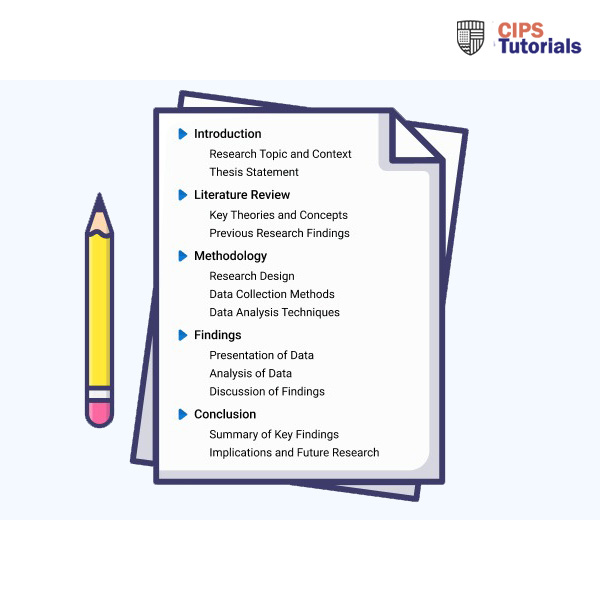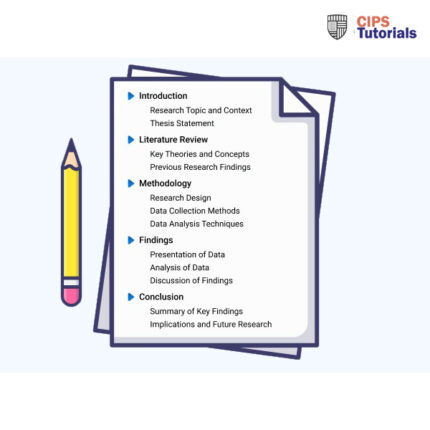-75%
Solution
Table of Contents
1.1 Evaluation of Evidence Based Practice (EBP) 3
Tool selected- Fishbone Analysis. 4
3.1 Financial and Non-financial Performance. 9
Selected Financial Performance Tool- Gross Net Profit 9
Selected Non- Financial Performance Tool- Key performance Indicators. 9
3.3 People Practices adding Value. 10
People Practices; Adding Value to Organisations. 10
Methods for Measuring Impact of People Professionals. 11
Section Two: Quantitative and Qualitative Analysis. 11
2.1 Analytical Data Interpretations. 11
2.2 Key Findings Presentation. 14
2.3 Justified Recommendations. 16
Section 1- Report
Introduction
This report is comprised of two main sections. In the first section, it detail an evaluation of the concept of Evidence Based Practice (EBP) , application and effectiveness of use. This is in regard to their application in the modern highly competitive business environment. The impact of EBP in an organisation success in financial and non-financial performance has similarly been put into account as part of the evaluation. This is with the responsibility of people practice professionals in achieving the EBP put into account.
1.1 Evaluation of Evidence Based Practice (EBP)
Evidence Based Practice (EBP) is defined as decision making approach informed by exiting evidence (CIPD, 2023). The different evidences are relevant for guiding informed operations.
Considering the CIPD HR Professional Map, EBP is a professional value used in facilitating process used to make decisions, taking actions and evidencing their impact (CIPD, 2024). Hence, critical thinking is part and integrated in existing evidence.
The advantages of EBP are;
Aligning HR strategy with organisation objectives– By pursuing EBP, it is possible accessing high-level quality sources to make decisions as an area of the organisation. HR strategy assures the organisation of an appropriate pay, support and effective decisions.
Consistency in making decisions– By embracing EBP, the decision made can appropriately be tracked by referencing on the available sources. This approach means that the decision being made is appropriate and can be tracked from its source (LoBiondo-Wood & Haber, 2021).
Credible decision making– By following EBP to make decisions, entire issues are eliminated which lead to biases or misunderstanding among involved players.
The disadvantages include;
Lack of understanding– The strategy used in EBP is a challenge to successfully achieve it. This is since many people do not have the essential; knowledge and understanding of what constitute the process.
Time intensive– The entire process adopted in EBP is draining hence requiring substantial amount of time to implement it successfully. The EBP takes significant amount of hours with priority areas conflicting.
To conclude, the application of EBP contribute to successful decision making, increasing commitment and involvement of different stakeholders in active practice. There however prevail a set of drawbacks which hinder success in the EBP.
People Practice Practitioners EBP Application
Recruitment and Selection– Through an effective use of EBP, successful recruitment and election is achieved. For example, in my organisation (Riyadh Institute of Banking), using EBP means qualified accountants and financial analysts are recruited.
Learning and Development (L&D)– To ensure that L&D pursued is a success, different capacity development strategies are recommended to an entity. This is also used in evaluation of their learning needs (Thunnissen & Sanders, 2021). In Riyadh Institute of Banking (RIB) for example, this is used to guide the process of recommending the best learning strategies to be used.
1.2 Analysis
Tool selected- Fishbone Analysis
This s an evaluation tool of cause and effect of different organisation issues. The tool is not complex as opposed to the other different tools used to brainstorm causes of different problems in an organisation (Coccia, 2020).
Organisation Issues– In an entity having high-level turnover, using fishbone analysis is appropriate to diagnose cause. A case example is what Durroh et al. (2023) identify as diagnosing of the issue could recommend the need to work with improved reward, career development and induction with work-life balance achieved.
Challenges– With the tool being a cause and effect, in RIB organisation for example, it is used in noting the opportunities to be leveraged upon by an entity. The use of strategic rewards, health and wellbeing approaches and remote working represent the strategies recommended.
To conclude, using Fishbone Analysis identify how an organisation is successful in their competitive business sector. The causes and effects evaluation harness the likelihood of identifying how they would be implemented. For solving identified challenge, different stakeholders would need to be involved.
Method Selected-Interviews
This qualitiative method for collecting data by use of open-ended questions (Johal & Danbury, 2021). For different interviews evaluation , interviewer is engaged and different players. The method is detailed since its focus is on different participants and as such in-depth.
Organisation Issues– By interviewing the players, it is possible to note on the issues affecting them. The interviews are detailed and target to specific audience. Their use lead to diagnosis of entire issues in place, employees expectations and how the challenges faced can be managed.
Challenges– In an organisation where there is an increased employees turnover, there is a possibility of using this method to note on reasons the employees are leaving an organisation. In RIB for example, the turnover was identified to be due to pay being imbalanced.
Opportunities– By working on exit interviews, appropriate recommendations on improving the employees retention are recommended. In RIB for example, opportunities such as increasing the employees involvement and engagement is identified from the exit interview.
1.3 Main Principles
The principles are;
Objective rationale thinking– This entail the capacity of referencing to data which is objective and detailed highlighting on varying occurrences and analysis (Gomes et al., 2021). The approach is contrary to subjectivity and intuition in solving the problems. In RIB case, this principle offer a guidance which identify a particular problem, develop solutions informed by obtained alternatives.
Appropriately discussed point of view/argument– In critical thinking, logical and well appropriate decisions are the outcomes. People make sure they are reviewing entire points of views, summarising them and determining the best outcome. In RIB case, all arguments are evaluated, reviewed and truth which is all round applied.
My Own Idea
Being positioned in RIB, early 2023, there emerged a workplace conflict involving two employees in my department. They were disagreeing on execution of their roles in the organisation. The outcome of this conflict was less performance, reduced credibility level and multiple issues.
The critical thinking is used in guaranteeing objectivity to settle the conflict of the employees. This is by making decisions from the available multiple alternatives which I could have used with a final decision being made. Also, I ensured I did not use a direct engagement to avoid a feeling of being biased in the process. This is with the employee dismissed who was causing the conflict in line with my recommendation .
Someone else idea
Also, in my role in RIB, the management had recommended in 2022 after COVID-19 second wave intensified to implement remote working. The impact of this would be enrolling in the plan of working from home in the various departments in RIB. I was in a position of using critical thinking for triangulating and similarly evaluating the relevance of the decisions coming from the management teams. The outcome of this was some of the employees being neglected as they were not facilitated to work on remote working. I managed to use critical thinking and made a recommended the need for using Total Reward. This was from benchmarking on how the other organisations have been implementing the strategy.

